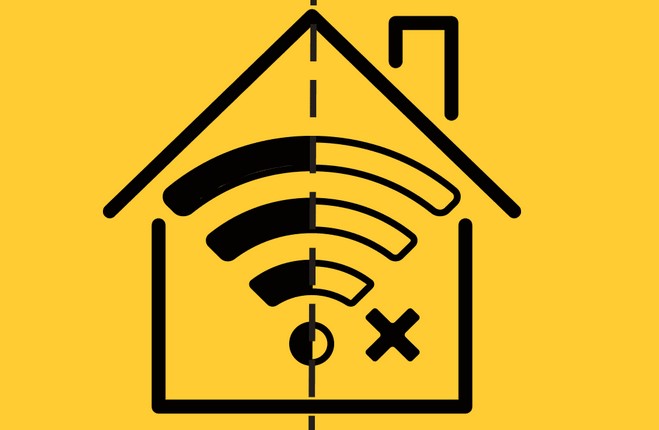Digital access has reached an all-time high in the state, according to the Public Policy Institute of California’s (PPIC) April fact sheet on the digital divide.
Offering an updated look at the rate and makeup of residents able to connect to the internet at home, PPIC found that 95 percent of Californian’s had internet access, including satellite in 2022 compared to 93 percent in 2019. Access increased most significantly among those in historically marginalized communities including members of Black, Latino, low-income and rural households and those headed by non-college graduates.
Still, only 85 percent of households had access to broadband/high-speed internet and the expansion of access was modest.
The number of households with a desktop, laptop or another similar device increased by 2 percentage points between 2019 and 2022 to 89 percent. “Device access increased 5 percentage points among Black, Latino, and low-income households,” according to the fact sheet. “Despite widespread distribution of devices in schools during the pandemic, households with school-aged children saw only a modest increase in access, from 93 percent to 95 percent.”
Overall, disparities across racial/ethnic, socioeconomic and geographic lines continue as eight in 10 low-income households and two in three rural households have broadband access in their homes. “Rural households and households not headed by a bachelor’s degree holder have made no gains in broadband access since 2019,” according to PPIC. Low-income and rural households are also the least equipped with devices at 83 percent.
While the majority of California residents use the internet for communication purposes, many also use it for activities like making financial transactions, accessing health or insurance information, government services and work-related duties. Twenty-seven percent of Californians use the internet to take virtual education classes or job training.
Funding
The fact sheet explains that major investments at the state and federal levels have aided in narrowing the digital divide, although some resources, like the federal Affordable Connectivity Program, are expiring. As of this writing, Congress had not renewed the program, which gives roughly 3 million California households monthly subsidies for internet. Enrollment in the program was stopped and enrolled households were expected to see the last of the funding in April 2024.
The fact sheet also notes that availability, affordability and adoption are the “three keys to universal digital access.”
Read the document to learn more.





